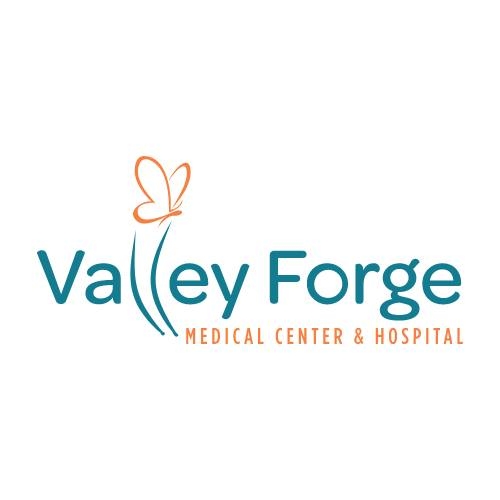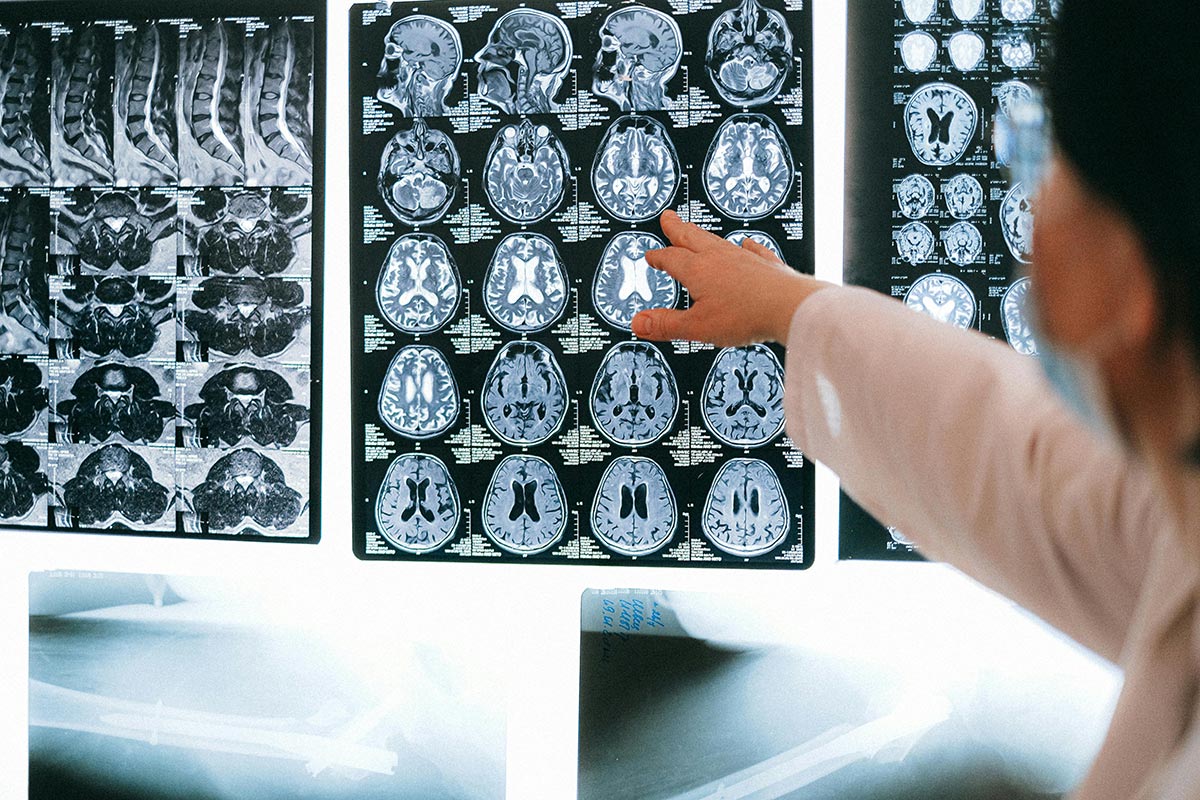

Understanding Addiction Treatment Admissions
Navigating the admissions process for substance use treatment can be complex. There are various factors that influence accessibility and coverage for treatment programs. Understanding these aspects is crucial for individuals seeking help.
Accessibility to Treatment Assistance
Accessibility to treatment for substance abuse is facilitated through various resources available to individuals and their families. One prominent resource is the SAMHSA's 24/7 National Helpline, which offers free and confidential information in both English and Spanish for those facing substance abuse issues SAMHSA. This helpline can guide individuals toward appropriate treatment options and support services.
Additionally, treatment centers often employ a variety of strategies to increase accessibility. This includes outreach programs, community partnerships, and the integration of technology to allow for virtual consultations. These measures can significantly reduce barriers, making it easier for individuals to access the help they need.
Insurance Coverage Variability
Insurance coverage plays a pivotal role in determining access to addiction treatment. Coverage for substance-use treatment can vary widely between different insurance plans. Some plans may offer extensive coverage for services including detoxification, counseling, and residential rehabilitation, while others provide limited options Arms Acres Blog.
Under the Affordable Care Act of 2010, substance use disorder treatment is classified as an essential health benefit, mandating that insurance companies cover necessary treatments like detoxification and counseling services Arms Acres Blog. Furthermore, most insurance plans sold in the Health Insurance Marketplace are required to include substance use disorder services as part of their coverage.
The following table outlines the key elements of insurance coverage for substance use treatment:
Coverage TypeDescriptionDetoxificationMedical supervision during withdrawal symptomsCounselingIndividual, group, and family therapy sessionsResidential RehabIntensive inpatient substance use treatmentMedication-Assisted TreatmentUse of medications to support recoveryOutpatient ServicesOngoing therapy and support after initial treatment
Medicaid also offers comprehensive coverage for substance use disorder treatment, adapting to individual needs and treatment levels Arms Acres Blog. Additionally, under federal regulations, insurance providers cannot impose yearly or lifetime dollar limits on mental health and substance use disorder services, ensuring individuals can access critical treatment regardless of their financial situation Arista Recovery.
Understanding the admissions process for substance use treatment requires awareness of these factors, as they significantly impact an individual's journey to recovery. Individuals are encouraged to explore what is hospital-level substance use treatment? and consider how various factors, including insurance options, can influence their recovery path.
Levels of Substance Abuse Treatment

Understanding the levels of substance abuse treatment is essential for navigating the admissions process for substance use treatment. These levels cater to various needs and circumstances of individuals seeking help.
American Society of Addiction Medicine (ASAM) Criteria
The ASAM Criteria serves as a comprehensive set of standards for the placement, continued service, and transfer of patients dealing with addiction and co-occurring conditions. Originally published in 1991, the fourth edition was released in 2023, emphasizing outcome-oriented and results-based care in addiction treatment [1].
This criteria employs a strength-based multidimensional assessment to determine the appropriate level of care for patients. It evaluates various factors such as needs, obstacles, liabilities, strengths, assets, resources, and support structures. The goal is to tailor the treatment approach to each individual.
Intensive Outpatient Treatment (IOT)
Intensive Outpatient Treatment (IOT) is designed to provide a higher frequency of contact and services tailored to the chronicity and severity of substance use disorders. According to ASAM guidelines, IOT generally involves approximately 9 hours of treatment per week for adults, although this can vary based on individual client needs.
The recommended minimum duration for IOT is often cited as 90 days. Treatment duration should be flexible and adjusted according to the client's clinical needs, support system, and psychiatric status. Research indicates that a longer duration of care is associated with better treatment outcomes.
Treatment LevelWeekly HoursMinimum DurationIntensive Outpatient Treatment (IOT)9 hours90 days
Outpatient Treatment Programs
Outpatient treatment programs are another crucial level of care within addiction treatment. These programs are generally less intense than IOT and can involve fewer weekly treatment hours. They allow individuals to continue living at home while receiving ongoing support and therapy. Outpatient programs may include individual counseling, group therapy, and family therapy [3].
These programs cater to those who have a supportive environment and can effectively manage their recovery while engaging in daily activities, such as work or school. For some, outpatient treatment can be an entry point into more intensive treatment options, while for others, it may serve as a step down from inpatient or IOT programs.
By understanding the various levels of substance abuse treatment, individuals can make informed decisions regarding their care and navigate the admissions process more effectively. For those needing specialized treatment, consider exploring options like medication-assisted treatment (MAT) for substance use or understanding the importance of dual diagnosis treatment for co-occurring disorders.
Stages of Treatment
The process of addiction treatment typically unfolds through three main stages: the early stage, the middle stage, and the late stage. Understanding these phases can enhance comprehension of the recovery journey and transition through each level effectively.
Early Stage of Treatment
In the early stage of treatment, clients often find themselves emotionally fragile and ambivalent about giving up substances. Many clients enter treatment through referrals or mandates due to health issues, legal problems, employment-related requirements, or pressure from family members. Their compliance with treatment may stem more from fear of consequences than a genuine desire to quit.
Therapeutic strategies during this phase focus primarily on achieving abstinence, preventing relapse, and managing cravings. Emotionally charged factors, such as catharsis and family issues, are typically deferred until later stages of treatment.
Common Traits in Early Stage ClientsEmotionally fragileAmbivalent towards relinquishing substancesOften comply due to external pressures
Middle Stage of Treatment
The middle stage, often referred to as the action stage, centers on assisting clients in recognizing the impact of substance abuse on their lives. Clients begin to understand that their addiction contributes to various challenges and hinders them from achieving personal goals. This realization can be painful as it requires severing ties with substances, prompting a need for support in managing that loss and finding healthier alternatives [4].
Helpful interventions during this phase involve more in-depth therapy, focusing on coping strategies and developing a supportive environment. It is crucial that treatment methods adapt as clients transition through stages, as early-stage strategies may not be effective later on.
Focus Areas in Middle Stage TreatmentRecognizing the effects of substance useManaging loss of substancesDeveloping healthy coping mechanisms
Late Stage of Treatment
In the late stage of treatment, attention shifts toward maintaining the gains achieved in previous stages and addressing the risks that remain. Clients may confront living issues, work through feelings of guilt and shame, and adopt a more reflective approach to their lives [4].
Stable support systems and ongoing therapy during this stage are vital for sustaining recovery. Clients often explore their identity beyond their addiction, facilitating a healthier and more balanced lifestyle. It is essential to tailor interventions to the needs of the clients to ensure the continued success of their treatment journey.
Objectives in Late Stage TreatmentMaintaining treatment gainsStress management and healthy livingExploring self-reflection and personal growth
Each of these stages plays a crucial role in understanding the admissions process for substance use treatment and the overall recovery journey. Adapting interventions to fit the client's needs is fundamental for lasting success in overcoming addiction.
Insurance Considerations for Treatment

Understanding the insurance landscape can be complex for individuals seeking substance use treatment. This section outlines the different types of insurance coverage and alternative payment options available.
Health Insurance Marketplace Coverage
Under the Affordable Care Act, addiction care is classified as an essential health benefit. This mandates insurance plans sold in the Health Insurance Marketplace to cover treatment for substance use disorders. This ensures that individuals with insurance can access necessary addiction recovery services without facing yearly or lifetime dollar limits on mental health and substance use disorder services [5].
Coverage BenefitsDescriptionBehavioral Health TreatmentCounseling and therapy services.Medication-Assisted TreatmentAccess to medications to aid recovery.Emergency ServicesCoverage for urgent substance use treatment needs.
Medicaid Coverage
Medicaid offers substantial coverage for substance use disorder treatments. It typically covers a wider array of services compared to private insurance. However, coverage specifics can differ significantly by state. Understanding what is included in state Medicaid plans is critical for eligible individuals seeking support [5].
Benefits of Medicaid CoverageDescriptionComprehensive ServicesIncludes inpatient and outpatient treatment.No Lifetime LimitsEnsures continued access to necessary care.Dual Diagnosis SupportServices for co-occurring mental health disorders.
Alternative Payment Assistance
For individuals without insurance coverage for substance use treatment, several alternative payment options are available. These options can help make addiction treatment services more accessible:
By exploring these insurance considerations and alternatives, individuals can better navigate the admissions process for substance use treatment and find the necessary resources to support their recovery journey.
Progression in Recovery
The journey of recovery from substance use disorder can be complex and multifaceted. Understanding the roles of various professionals and systems involved in treatment is essential for successful progression.
Role of Primary Care Clinicians
Primary care clinicians play a vital role in the treatment of individuals with substance abuse or dependence disorders. Their involvement doesn't end upon entry into formal treatment. They collaborate with the treatment team, continue providing medical care, and encourage ongoing participation in recovery programs. This may include scheduling follow-up visits post-treatment to prevent relapse [6].
Their ongoing support can help patients navigate the challenges of recovery and ensure they have access to necessary resources. The continuity of care provided by these clinicians fosters a holistic approach to recovery, addressing both physical and mental well-being.
Specialized Treatment Systems
Specialized substance abuse treatment systems can vary significantly from one location to another. Each state or city may have distinct specialties within treatment programs. For instance, Minnesota is recognized for its public and private alcoholism facilities featuring programs aligned with Alcoholics Anonymous, while California tends to emphasize 12-Step self-help methodologies for long-term recovery.
These regional differences highlight the importance of understanding local treatment options. Various resources, such as state-level authorities and the Substance Abuse and Mental Health Services Administration (SAMHSA), provide directories to help individuals find appropriate facilities, services, and eligibility criteria.
StateKey Treatment FocusMinnesotaPublic and private alcoholism facilities, Alcoholics Anonymous programsCalifornia12-Step self-help programs for lifelong recovery
Integrated Treatment Pathway
The integrated treatment pathway is crucial for individuals navigating the recovery process. This approach encompasses a complete continuum of care—including detox, inpatient treatment, outpatient services, and post-discharge support. Experts suggest that coordination among these different levels of care enhances the likelihood of success for clients [7].
A warm handoff strategy, where clients interact with members of the multidisciplinary team as they transition to the next stage of recovery, can significantly boost engagement and retention in treatment programs. This method encourages patients to remain connected with their support systems, facilitating smoother transitions and continuity in their recovery journey [7].
By recognizing the roles of primary care clinicians, specialized treatment systems, and integrated approaches, individuals can better navigate the admissions process for substance use treatment, setting the foundation for successful recovery.
Treatment Success and Continuation
Success in substance use treatment is determined through comprehensive evaluations, ongoing support, and various contributing factors.
Evaluating Treatment Efforts
Evaluations of substance abuse treatment efforts indicate that most long-term studies reveal that "treatment works." The majority of individuals dealing with substance dependence eventually cease compulsive use and experience fewer serious relapse episodes. Those with lower levels of premorbid psychopathology and fewer significant social, vocational, or legal issues tend to gain the most benefits from treatment. Continuing participation in aftercare or self-help groups post-treatment is crucial for success [6].
Evaluation AspectFindingsLong-term engagement successMajority stop compulsive useLower issues linked to dependenceHigher benefits from treatmentAftercare importanceAssociated with long-term success
Substance Abuse Treatment Outcomes
Programs in the United States are increasingly geared towards preparing patients for potential relapse. Patients learn to recognize triggers and develop contingency plans to handle stressful situations effectively. Prolonged abstinence is a strong predictor of continuing success; nearly 90 percent remain free of drugs and alcohol for 10 years if they have maintained abstinence for 2 years. Treatment durations of 3 months or longer are also favorable indicators of successful outcomes [6].
Outcome MeasurementDurationSuccess RateAbstinent for 2 years10 years drug-free90%Treatment duration of 3+ monthsPositive outcome correlationHigh
Factors Contributing to Successful Outcomes
Several factors contribute to the success of substance use treatment. Primary care clinicians play a pivotal role in ensuring continued support beyond initial treatment entry. Their responsibilities include collaborating with the treatment team, providing ongoing medical care, encouraging program participation, and scheduling follow-up visits to prevent relapse.
The use of the ASAM Criteria establishes a foundation based on multidimensional factors that affect disease severity and prognosis, contributing to tailored treatment plans. Ongoing research continues to evaluate how these criteria are implemented in real-world scenarios [1].
Contributing FactorsDescriptionRole of Primary Care CliniciansContinuous involvement post-treatmentASAM CriteriaEvidence-based multidimensional approachAftercare ParticipationReduces chance of relapse
By understanding the parameters involved in treatment success and continuation, individuals can better navigate the admissions process for substance use treatment and enhance their recovery journey. For more insights on choosing treatment centers and approaches, visit our articles on how to choose the right substance use treatment center and the benefits of inpatient substance use treatment.
References
[2]:
[3]:
[4]:
[5]:
[6]:
[7]:
.svg)





